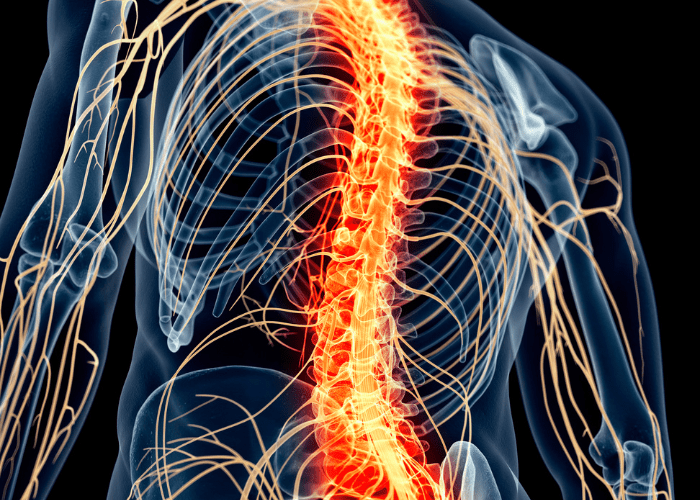Things to Start Doing If You Have Lumbar Spinal Stenosis
If you suspect you suffer from Lumbar Spinal Stenosis and would like to learn what steps you can take to reduce the symptoms, then you have come to the right place. In this blog post, we discuss the causes and symptoms of Lumbar Spinal Stenosis, as well as surgical and non-surgical treatment options.
What is Lumbar Spinal Stenosis?
Lumbar Spinal Stenosis is a condition where the spinal canal of the lumbar spine is too narrow, which compresses and puts pressure on the spinal cord and the nerves when you are standing or sitting. This may cause discomfort or pain to those affected.
Spinal Stenosis can happen in any section of the vertebrae but most cases happen in the lumbar area.
What causes Lumbar Spinal Stenosis?
Your spinal canal can become narrow in many ways. The most common causes are herniated discs, thickened ligaments, and spinal injuries. Lumbar Spinal Stenosis can also be developed from bone spurs caused by arthritis and tumors.
What are the symptoms of Lumbar Spinal Stenosis?
Those with Lumbar Spinal Stenosis reported effects ranging from feeling nothing to experiencing piercing pain in one or more parts of the lower body. Lumbar Spinal Stenosis causes numbness, cramping, and weakness. The usually affected body parts are the lower back, buttocks, thighs, legs, and feet.
Some are also unable to walk or sit down for long hours because the pressure building up in the lower back area causes extreme discomfort.
Things to start doing if you have Lumbar Spinal Stenosis
With or without surgery, there are things that you can start doing to ease the pain caused by Lumbar Spinal Stenosis and prevent it from getting worse.
Watch your weight
The negative effects of Lumbar Spinal Stenosis are milder for those who are in the normal weight range. Much of the discomfort and pain comes from the pressure your lower back is experiencing from all the upper body weight it is carrying. Prolonged pressure in the lower back can cause more herniation in the affected vertebrae.
If you are in the normal weight range, your lower back will not have to work extra to keep your body standing or seated upright.
Build muscles
You can go beyond maintaining normal body weight by building muscles that could help your lumbar spine in carrying your upper body. This is also the essence of doing physical therapy.
However, you should be careful with the intensity of your exercise because it can also worsen Lumbar Spinal Stenosis if done wrong. It is highly recommended that you first consult a specialist before starting any workout plan.
Maintain a proper posture
Maintaining a proper posture means training your body to efficiently stand, sit, and even lie down. This ensures that every segment of your body is exerting the minimum effort required to consistently maintain a position or accomplish a physical task.

Consult a Spine Doctor to find out which treatment is best for you
Whether a non-surgical or surgical treatment is needed completely depends on the patient’s situation. Consult a specialist before trying any treatment.
Dr. Matthew Hepler is a Board Certified Spine Surgeon with 20 years of experience and leading expertise in the operative and non-operative treatment of the spine. He specializes in both pediatric and adult spine surgery, including Lumbar Spinal Stenosis.
As one of the Top Spine Surgeons in Palm Beach County, Dr. Matthew Hepler is a leading spine surgeon in South Florida with two convenient locations”
Need an evaluation for Lumbar Stenosis? Let Dr. Hepler help! Contact us to schedule your appointment today!
The material contained on this site is for informational purposes only and DOES NOT CONSTITUTE THE PROVIDING OF MEDICAL ADVICE, and is not intended to be a substitute for independent professional medical judgment, advice, diagnosis, or treatment. Always seek the advice of your physician or other qualified healthcare providers with any questions or concerns you may have regarding your health.



